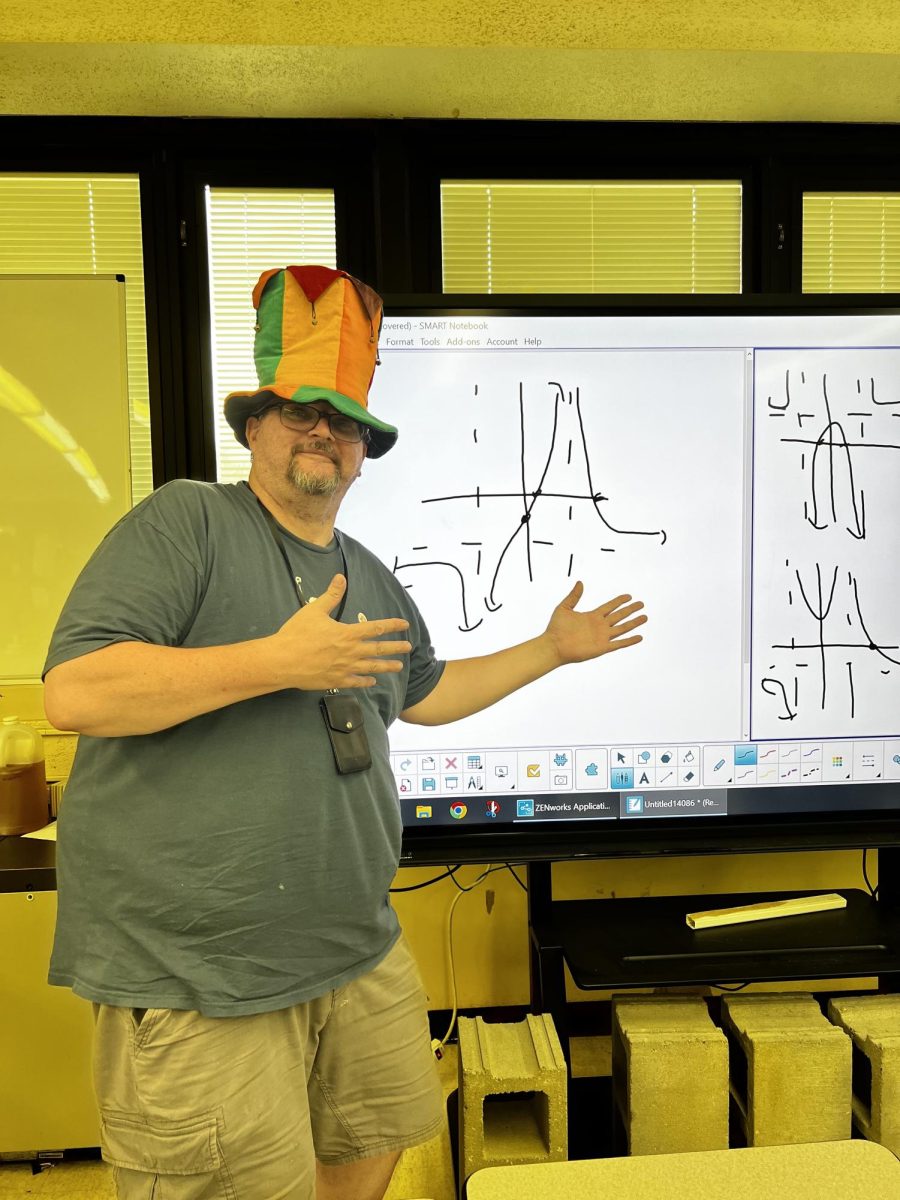NASA’s New Telescope Release
How NASA’s new telescope will help scientist to understand our solar system better
On April 24, 1990, NASA released the Hubble Space Telescope into space. The Hubble gave humankind their first glance at things like a suspected black hole in the core of the galaxy, elements from the early universe, and more. Hubble brought on many new detections for NASA and proved beneficial for furthering astronomer’s knowledge on the solar system. Now, NASA wants to do it again, only this time— better.
On December 18, 2021, NASA plans on releasing the James Webb Space Telescope, the long-awaited successor to Hubble. The $10 Billion James Webb Space Telescope is NASA’s largest-to-date telescope. It will prove the cosmos to uncover the history of the universe all the way from the Big Bang, alien planet formation, and beyond.
James Webb will travel for 30 days until it reaches a Lagrange point— a gravitationally stable location in space that exists 1.5 million kilometers away from Earth. The telescope will then orbit the sun at a second Lagrange point, allowing the telescope to stay in line with Earth as it does. Scientists are predicting that with the help of James Webb, humans will finally be able to learn whether black holes caused the galaxies to form or vice versa, the detailed insides dust clouds where stars and planets are being born, whether Earth-like planets could be sustainable of life, and more including new information on dark matter and dark energy. In addition, Webb will be able to see what the universe looked like around a quarter billion years— possibly back to 100 million years— after the Big Bang occurred and the first stars and galaxies began to form.
More than 1,200 people— including many professional scientists— have applied for observing time on the James Webb Space Telescope, hoping that maybe they can be some of the first to observe the telescope’s data collection. However, nobody will be able to observe anything using the telescope for quite some time.
After Webb is launched, it will first have to fly across a million miles of space. Then, after about a month of traveling, astronomers will have to get all the instruments and mirrors working. This could take up to six months and prevent Webb from taking any photos till the summer of 2022. However, astronomers are not worried and believe the benefits of Webb far outweigh the time they will have to wait for any data.
For now, astronomers can only hope that December’s launch goes smooth and allows the James Webb Space Telescope to get where it needs to be. Because if it does, it will truly be one giant leap for mankind.

Mason is a senior at Richwoods and is a student in the IB program. At Richwoods Mason has been in the Double Bass and Orchestra for all of his 4 years....




































